Featured news at KU
Our top featured stories

Research from the University of Kansas shows for the first time SARS-CoV-2, the virus responsible for COVID-19, can be inhibited from replicating in living cell cultures using a compound that targets “Mac-1,” a protein key to defending SARS-CoV-2 against the human immune response.
KU in the News
Other featured news

Study reports new compound halting replication of COVID by targeting ‘Mac-1’ protein in cell models
Research from the University of Kansas shows for the first time SARS-CoV-2, the virus responsible for COVID-19, can be inhibited from replicating in living cell cultures using a compound that targets “Mac-1,” a protein key to defending SARS-CoV-2 against the human immune response.
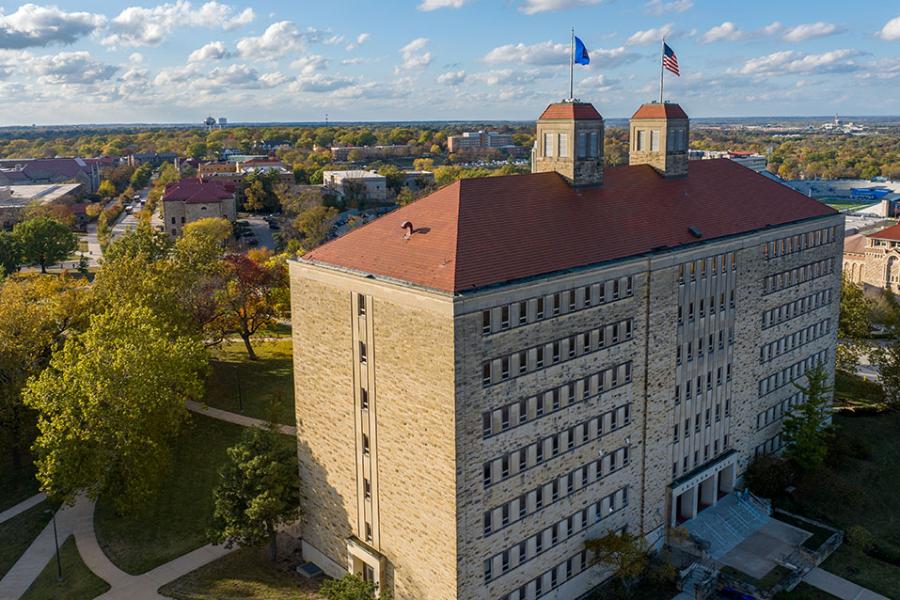
KU professor of anthropology receives prestigious Guggenheim Fellowship to work on 2nd book
Jennifer Raff, KU associate professor of anthropology, was recently awarded a Guggenheim Fellowship for her work on the history of human populations through sequencing the genomes of contemporary peoples and their ancestors.

New book gathers insights, methods from rising generation of Indigenous archaeologists
A new book co-edited by a University of Kansas scholar, titled “Indigenizing Archaeology: Putting Theory into Practice," collects experiences and know-how of younger Indigenous archaeologists.

Icorium Engineering Company earns top-5 finish at 2024 Rice Business Plan Competition
Icorium Engineering Company, a sustainable engineering startup and spin-out company from KU, recently placed fifth overall and won more than $180,000 in investments and nondilutive cash and in-kind prizes at the prestigious Rice Business Plan Competition at Rice University in Houston.
Research

In a new study, John James Kennedy, a professor of political science at the University of Kansas, examines the influence of international collaboration and vaccine developments.
Kansas Communities
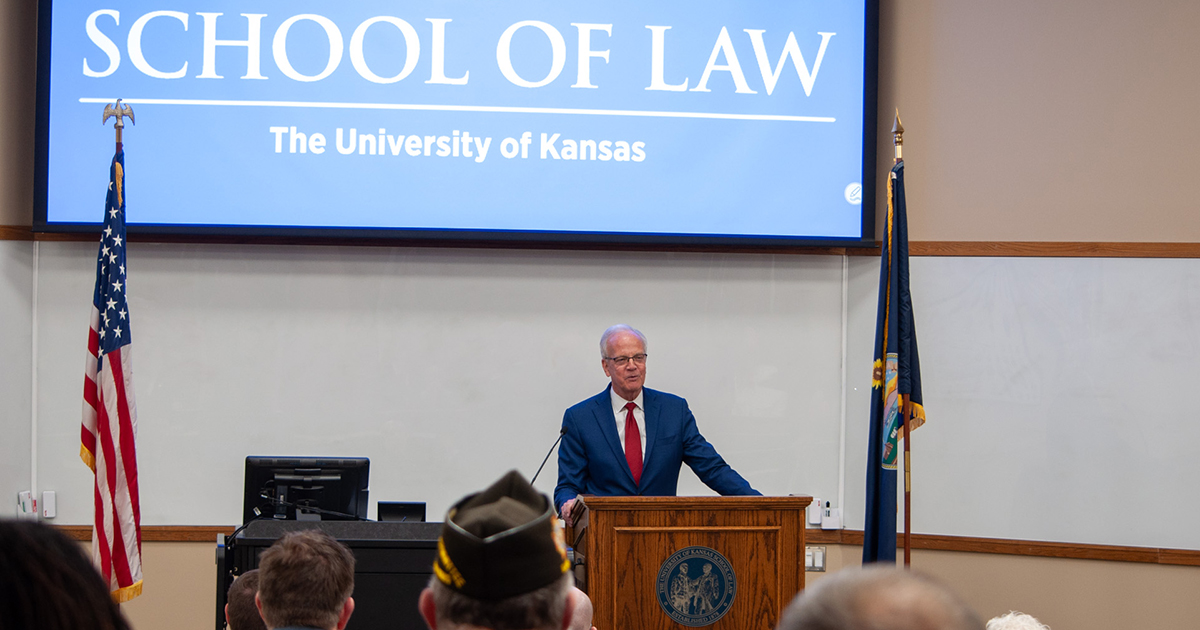
The University of Kansas School of Law is set to receive $1.6 million in federal funding for the establishment of a free legal aid clinic dedicated to serving veterans. With an estimated 194,000 veterans in Kansas, the clinic would be the first of its kind in the state.
Economic Development

Research expenditures spanning all KU campuses increased to $368.6 million in 2023, capping nearly a decade of steady expansion. Last year alone, externally funded research at KU supported the salaries of 4,372 people, and the university spent $78.9 million in 97 Kansas counties on research-related goods and services, according to a report from the Institute for Research on Innovation & Science.
Student experience and achievement
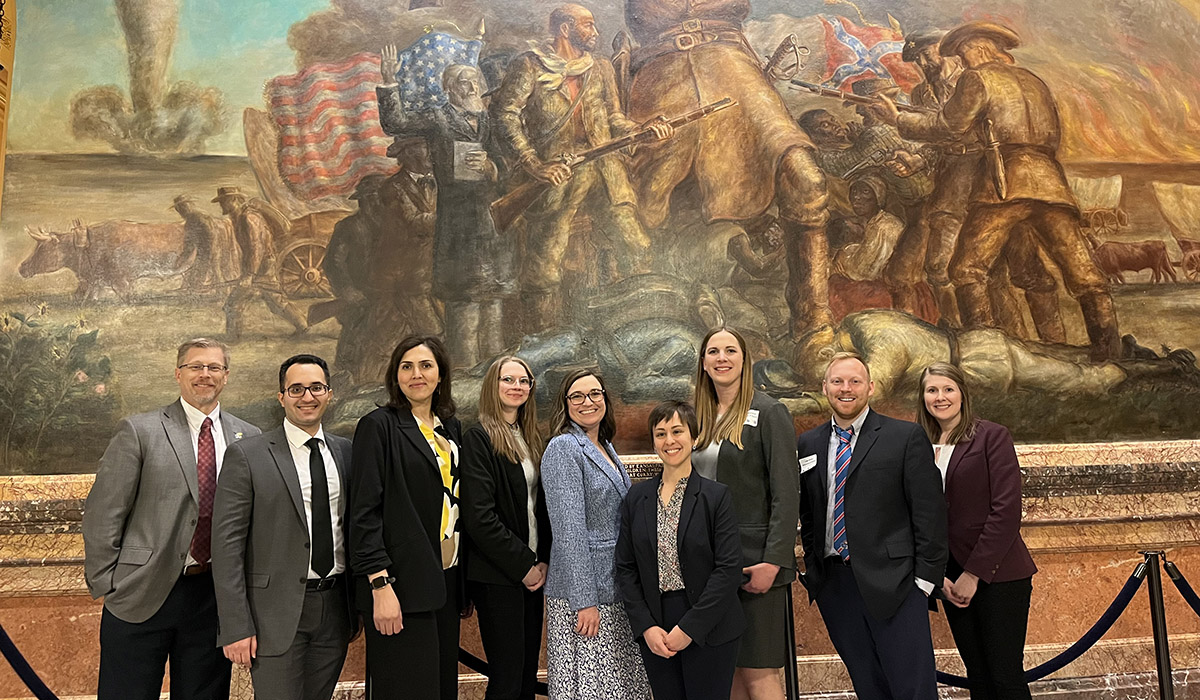
Annie Chuning, Kara Hageman, Natalie Lind and Luke Parker were each honored for their exceptional research and presentations at an event that assembles the top graduate student researchers in the state of Kansas. Their work delved into topics including the effects of food insecurity on rural Kansans' health and solutions to orthopedic joint infections.
Campus news
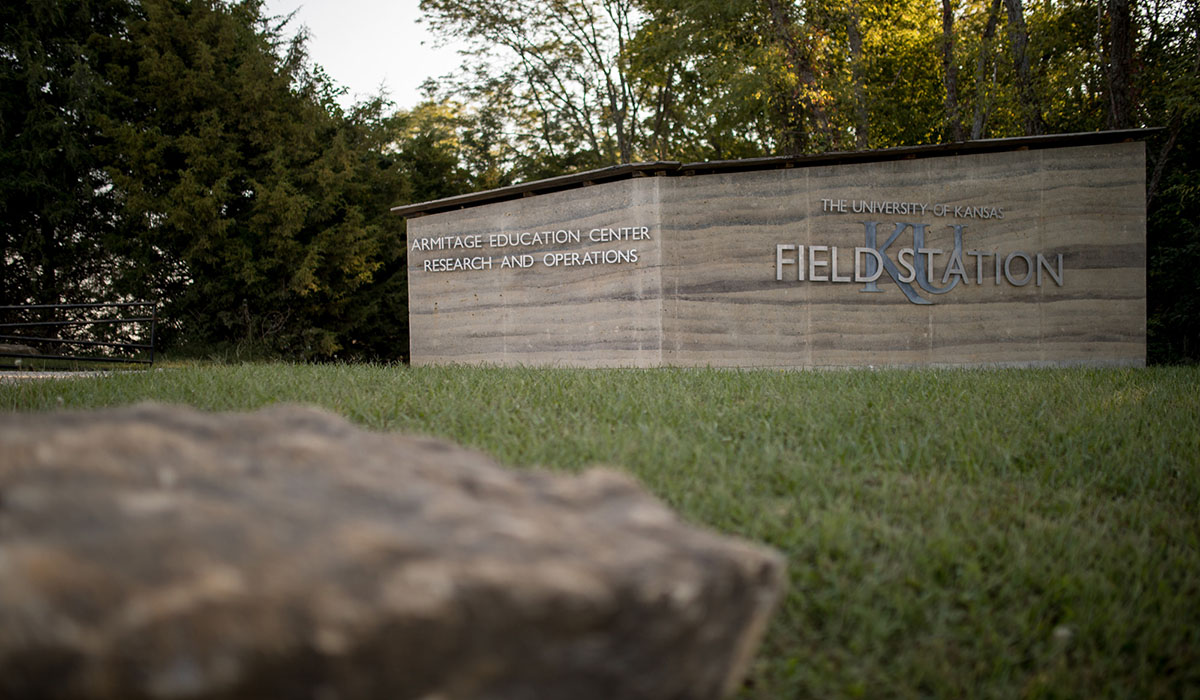
The KU Field Station will open its core research area from 10 a.m. to 2 p.m. April 27 for its first public Visitors’ Day in more than 20 years. Members of the public will be welcomed behind the scenes to tour restricted-access research areas.
Latest news
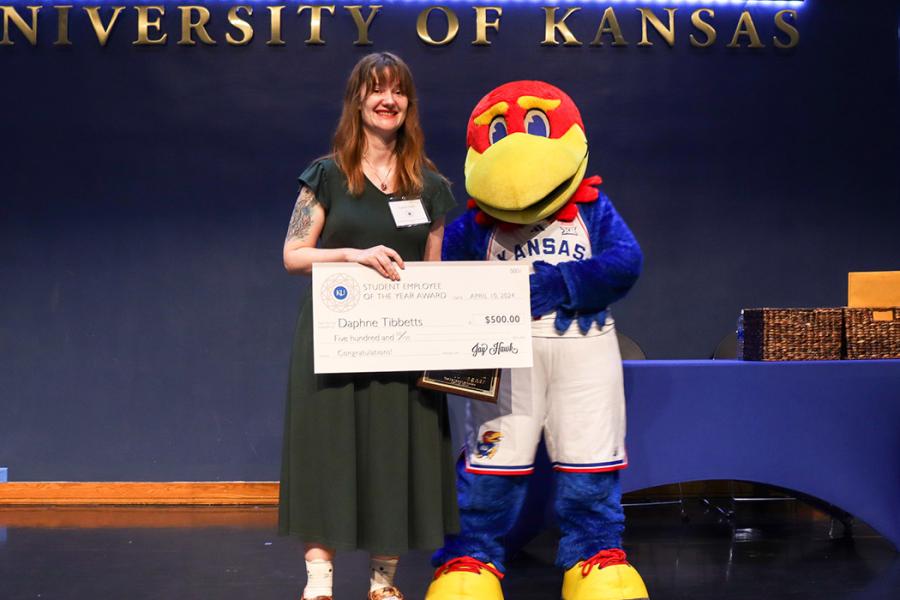
KU announces the 2024 Student Employee of the Year
The University Career Center has announced the 2023-2024 Student Employee of the Year (SEOTY) as Daphne Tibbetts, who works for the Department of English in the History of Black Writing (HBW) research center.

University community remembers researcher Taylor Roth
Taylor Roth began working at KU’s Center for Public Partnerships & Research in August 2023, freshly off a postdoctoral position focused on translating research to policymakers. Colleagues describe Roth as passionate about supporting families of children with disabilities and having taken a keen interest in policy.

Study reports new compound halting replication of COVID by targeting ‘Mac-1’ protein in cell models
Research from the University of Kansas shows for the first time SARS-CoV-2, the virus responsible for COVID-19, can be inhibited from replicating in living cell cultures using a compound that targets “Mac-1,” a protein key to defending SARS-CoV-2 against the human immune response.

Thursday’s vice chancellor for research candidate presentation canceled
The third candidate for the University of Kansas’ vice chancellor for research position has withdrawn from the search process due to personal reasons.
About KU News
KU News Service informs the news media and the public of KU’s role as one of the nation’s leading research universities. Each day, KU News Service interacts with local, regional, and national media, to share KU’s experts, discoveries, contributions, and accomplishments.
Staff
Staff are responsible for producing KU Today and Inside KU. Connect with staff to learn more about a story, press coverage, or find an expert at KU.
Connect with KU News staff
Experts guide
The University of Kansas is home to faculty members who are leaders in their fields and are eager to share their expertise with media outlets around the world. Our public affairs officers can help match reporters with faculty experts, including in the top
View the guide
Media resources
The university has an extensive network of communications practitioners embedded in schools and units across KU. This network of KU Communicators is vital to ensuring different units are all speaking with a common voice.
Find resources
Swipe to see more

